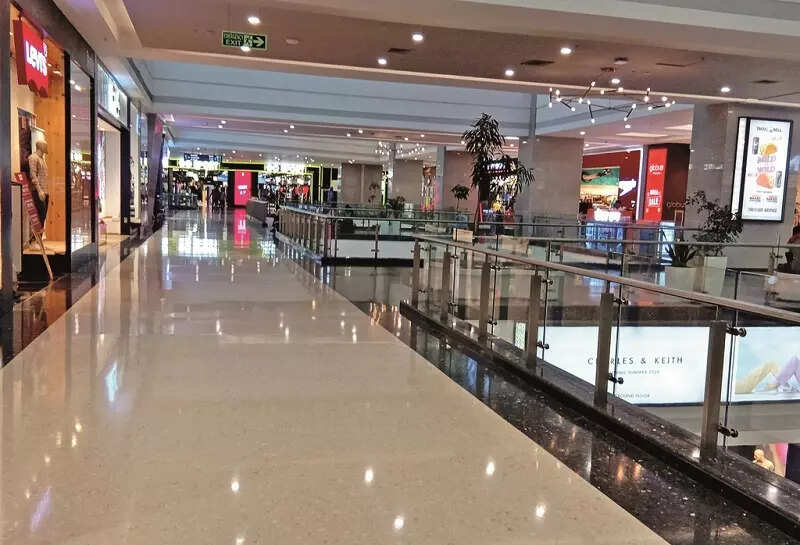
NEW DELHI: India’s retail real estate sector is entering a new phase of institutional maturity, with 30–35% of the country’s 650 operational malls now meeting institutional-grade standards, according to the latest Anarock Research findings. The shift marks a major step in India’s transition from fragmented, quantity-driven development to quality-focused, professionally managed retail assets.
The trend is being led by top developers and investors such as Nexus Malls (Blackstone), Phoenix Mills, DLF, Lakeshore, Raheja Group, Prestige Estates, and Pacific, which together own 58 malls spanning 34 million sq ft. These players have a pipeline of over 45 new malls covering 42.5 million sq ft slated for delivery in the next three to five years.
“Institutional investment is spreading rapidly beyond metros into Tier II hubs like Chandigarh, Indore, Surat, Bhubaneswar, and Coimbatore. These consumption-driven cities, backed by aspirational populations and rising disposable incomes, are the new growth centres for organized retail,” said Anuj Kejriwal, CEO & MD, Anarock Retail.
Tier II cities gain traction; institutional players expand footprint
The entry of institutional developers in non-metro markets reflects the growing depth of India’s consumption story. Developers such as Phoenix Mills, Prestige Estates, and Nexus Malls are aggressively expanding into emerging retail hubs.
Kejriwal noted that global brands’ preference for standardized, experience-led formats is reshaping India’s retail real estate landscape. “The sector’s future growth hinges on institutional investments, as malls must increasingly appeal to both private equity and REIT investors,” he added.
Grade A malls on the rise; vacancies decline sharply
Grade A malls have seen a sharp rise, expanding from 22% of total stock in 2015 to a projected 60% by 2027 across the top seven cities. Over the same period, vacancy levels have dropped from 19% to about 9%, highlighting a stronger alignment between quality supply and demand.
“The average annual rental growth in Grade A malls stands at 5–8% CAGR, outpacing Grade B and C peers. Underperforming assets are being forced to either reposition, close, or convert into mixed-use formats,” said Kejriwal.
Despite this growth, India’s quality retail stock of 110 million sq ft remains modest compared to over 700 million sq ft in the US and over 400 million sq ft in China, where retail portfolios are largely institutionally owned. However, India’s robust retail sales productivity, ₹1,200–1,600 per sq ft per month in Grade A malls, continues to attract investor interest.
‘Bigger, better, branded’ shaping the next growth cycle
India’s new mall projects now average over 1 million sq ft, emphasizing large-scale, experience-driven formats with strong entertainment and F&B components. Anarock expects this trend, coupled with rising REIT activity, to accelerate the institutionalization of retail real estate over the coming years.
GST reforms to catalyze transparency and investor confidence
Recent GST reforms introduced in September 2025 are expected to further streamline taxation and boost institutional investment. The changes simplify compliance for developers and improve cash flows for retail asset owners by enabling more efficient tax credit utilization.
“The new GST regime enhances transparency and reduces cascading effects, benefiting both developers and shoppers. By making retail pricing more consistent across states, these reforms improve consumer confidence and encourage spending on premium brands. This, in turn, will fuel demand for modern, experience-driven malls and accelerate institutional growth, said Kejriwal.











